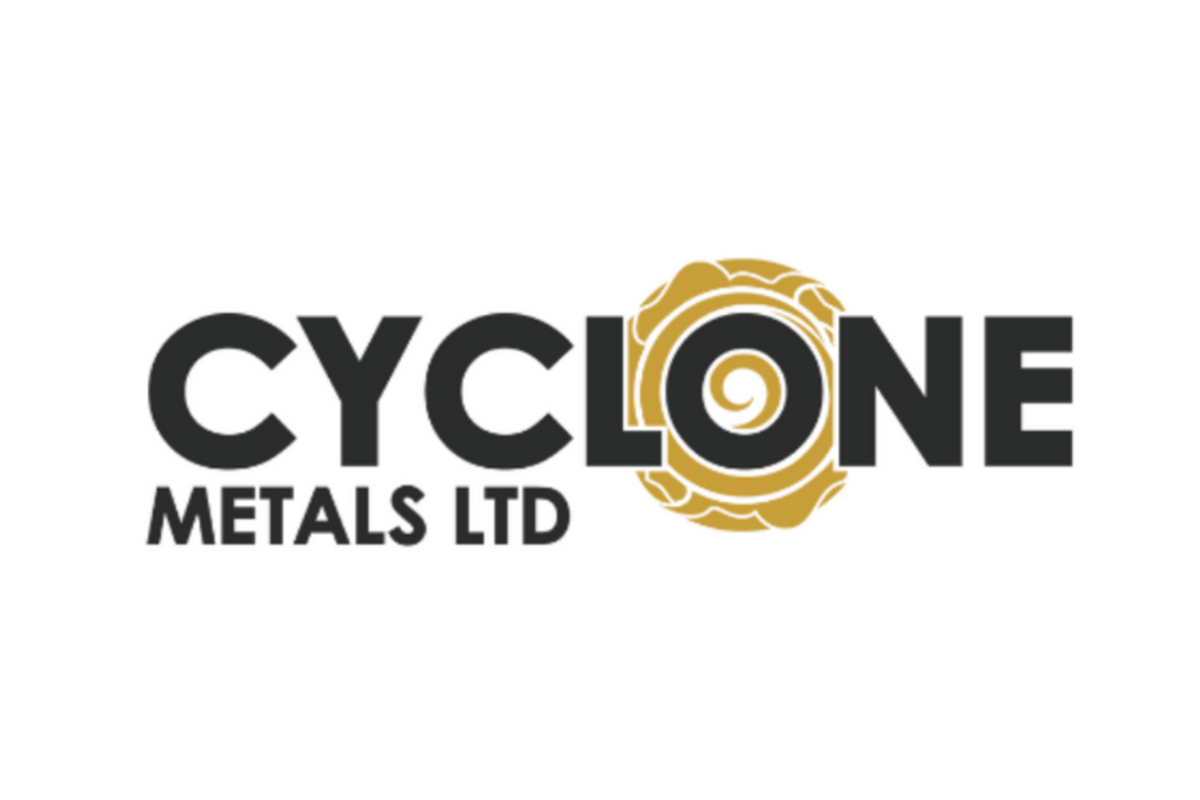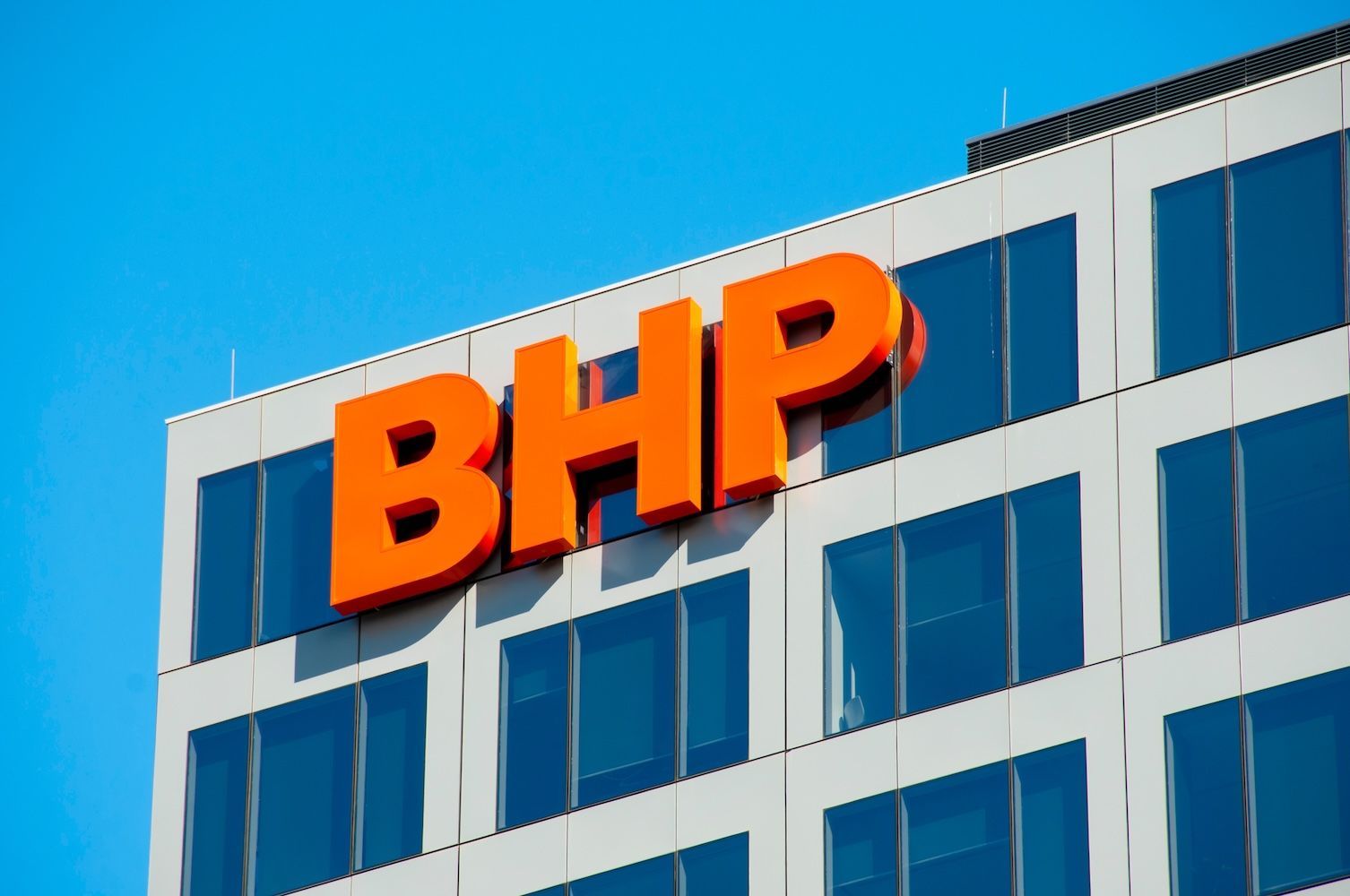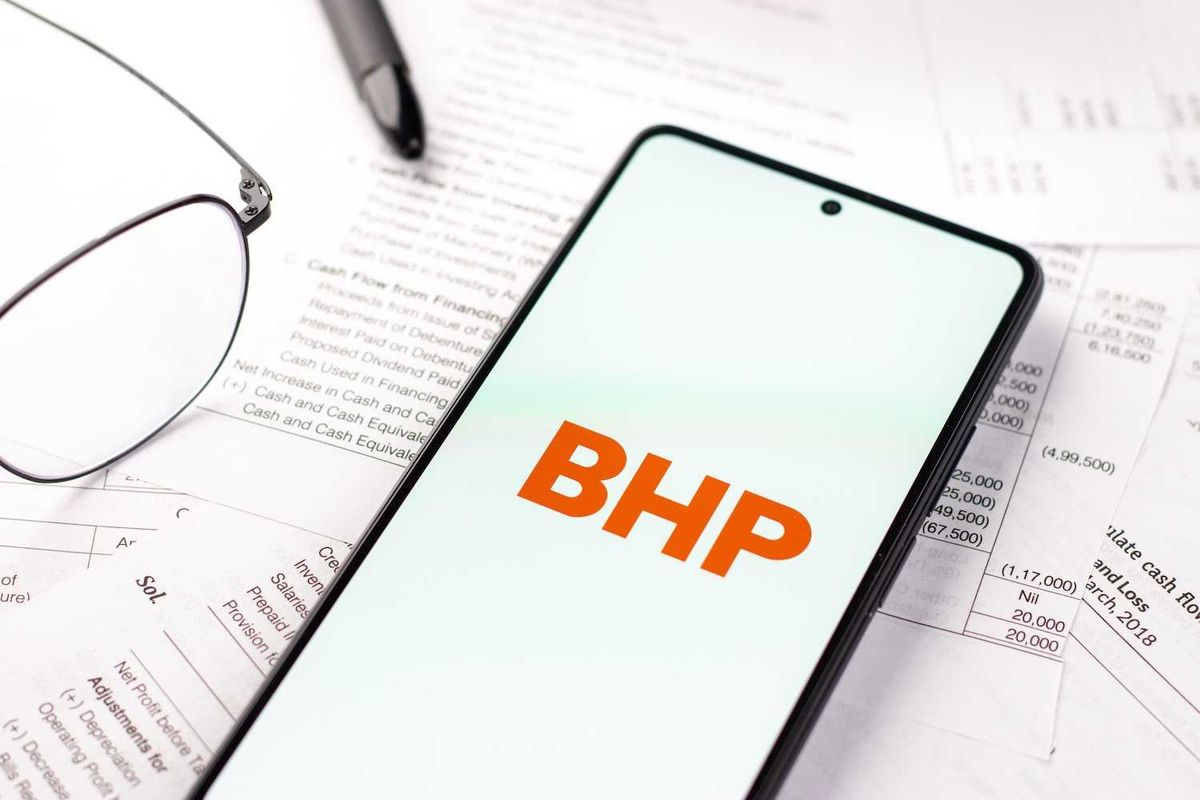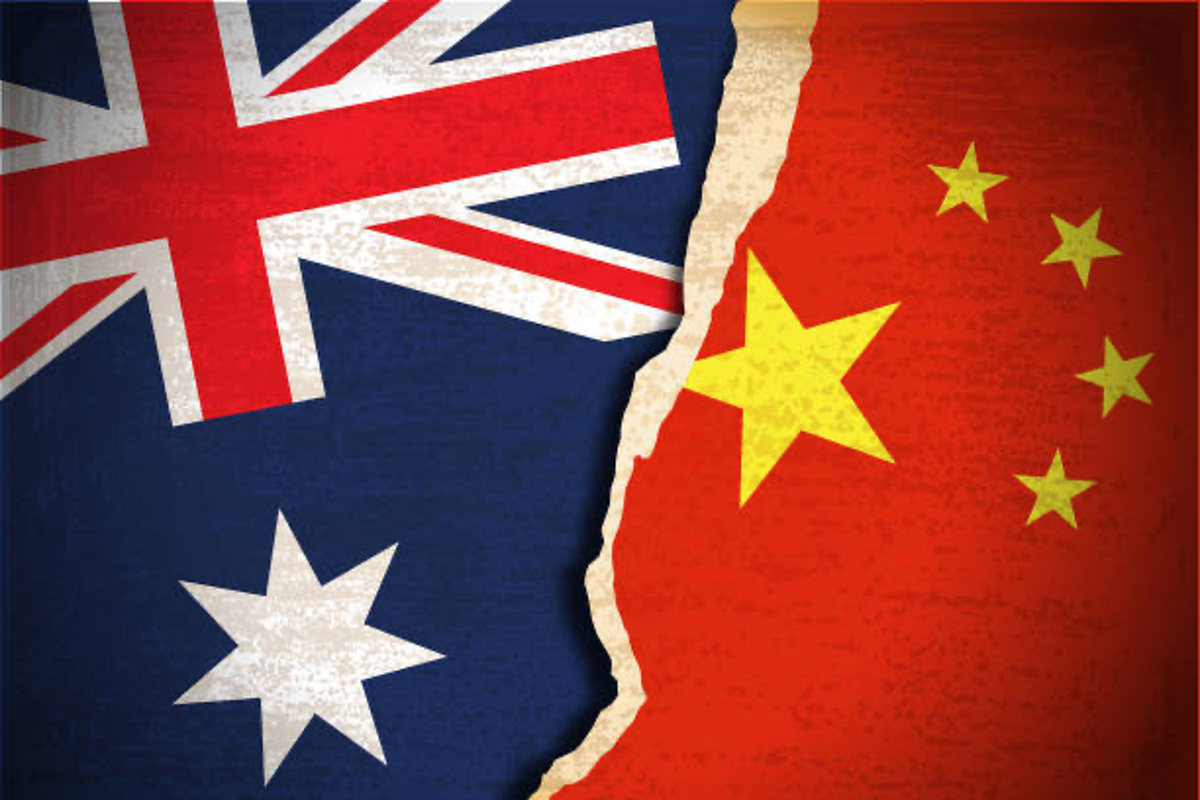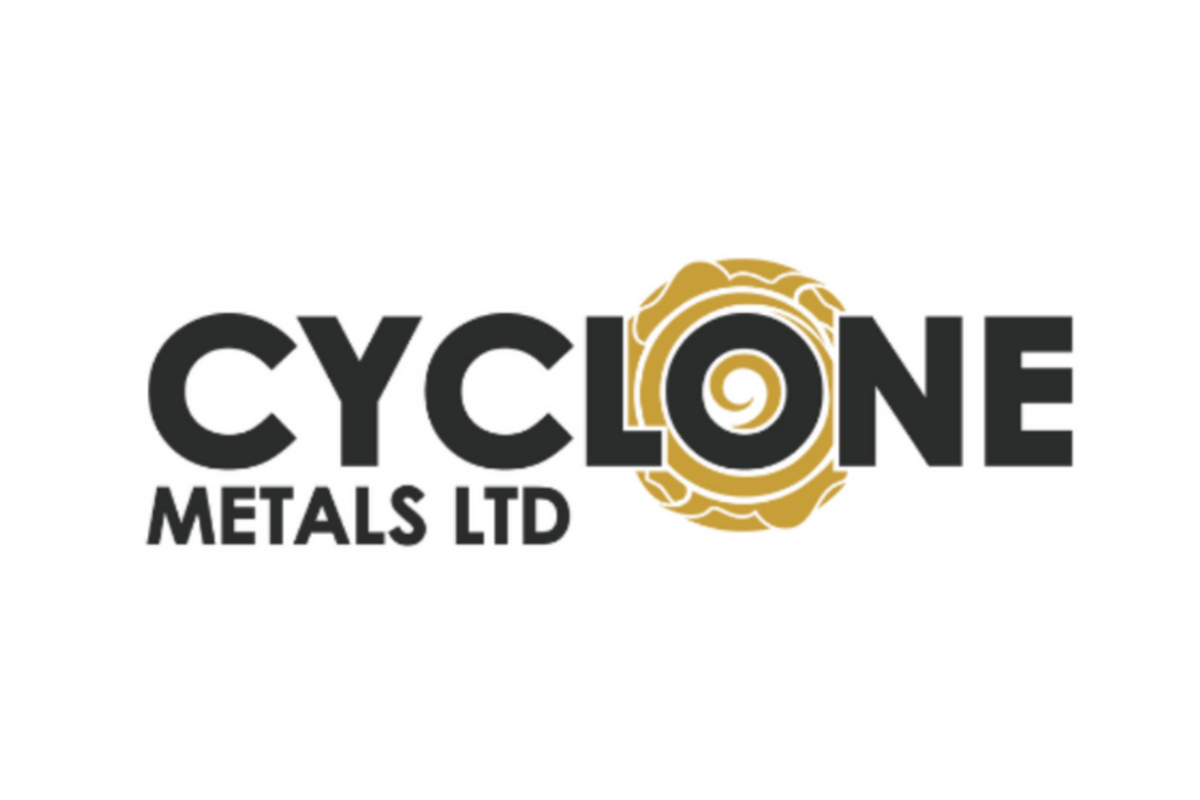
April 17, 2024
Description
The securities of Cyclone Metals Limited (‘CLE’) will be placed in trading halt at the request of CLE, pending it releasing an announcement. Unless ASX decides otherwise, the securities will remain in trading halt until the earlier of the commencement of normal trading on Monday, 22 April 2024 or when the announcement is released to the market.
Issued by
ASX Compliance
Click here for the full ASX Release
This article includes content from Cyclone Metals Ltd., licensed for the purpose of publishing on Investing News Australia. This article does not constitute financial product advice. It is your responsibility to perform proper due diligence before acting upon any information provided here. Please refer to our full disclaimer here.
CLE:AU
The Conversation (0)
11 April 2024
Cyclone Metals
Focused on Developing a World-class Iron Ore Asset in Canada, project Iron Bear
Focused on Developing a World-class Iron Ore Asset in Canada, project Iron Bear Keep Reading...
12 December
MinRes’ Onslow Iron Port Operations Now Fully Powered by Natural Gas
Mineral Resources (MinRes) (ASX:MIN,OTC Pink:MALRF) announced on Tuesday (December 9) that port operations at the Port of Ashburton at its Onslow iron project are now running entirely on natural gas.“We consider clean energy critical to the sustainability of our industry and the communities... Keep Reading...
09 December
BHP Pens US$2 Billion Deal to Boost Pilbara Iron Ore Expansion
BHP (ASX:BHP,NYSE:BHP,LSE:BHP) has secured a fresh source of long-term funding for its iron ore operations in Western Australia, agreeing to a US$2 billion infrastructure deal with Global Infrastructure Partners (GIP).The Tuesday (December 9) announcement confirms the company has entered into a... Keep Reading...
17 November
Rio Tinto and Calix to Partner on Zero Emissions Steel Technology Plant
Rio Tinto (ASX:RIO,NYSE:RIO,LSE:RIO) said on Monday (November 17) that it has signed a joint development agreement with environmental technology company Calix (NYSE:CALX,ASX:CXL) to develop Calix’s Zero Emissions Steel Technology (Zesty) green iron demonstration plant in Western Australia.If... Keep Reading...
11 November
BHP Invests AU$944 Million in Western Australia Communities
BHP (ASX:BHP,NYSE:BHP,LSE:BHP) has released its 2025 Community Development Report for Western Australia, demonstrating a record-breaking investment of AU$944 million. According to the report, a majority of this year’s investment went to local suppliers, with AU$737 million spent. Of this, AU$529... Keep Reading...
28 October
MinRes Pens Joint Venture with Traditional Owners for Onslow Iron Project
Mineral Resources (ASX:MIN,OTCQB:MALRF), through its subsidiary CSI Mining Services, has entered a joint venture with Robe River Services to place traditional owners of the Onslow iron project at the centre of sustainable economic participation.Robe River Services is under the Robe River Kuruma... Keep Reading...
06 October
China Orders Ban of BHP Iron Ore Imports
Commodities giant BHP (ASX:BHP,NYSE:BHP,LSE:BHP) opened October with news that state-run iron ore buyer China Mineral Resources Group (CMRG) has placed a purchase halt on its products.According to several local media outlets, the move which has raised concern in Australia, stems from pricing... Keep Reading...
Latest News
Latest Press Releases
Related News
TOP STOCKS
American Battery4.030.24
Aion Therapeutic0.10-0.01
Cybin Corp2.140.00
